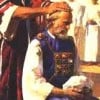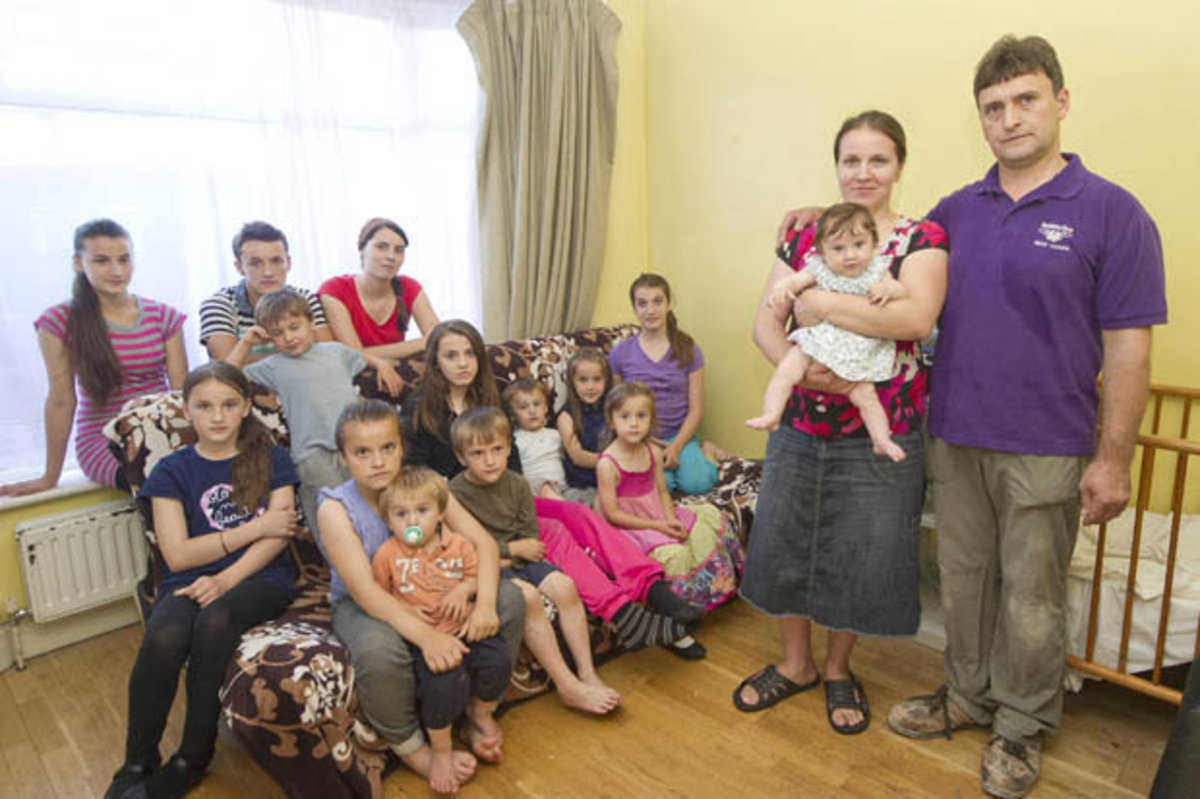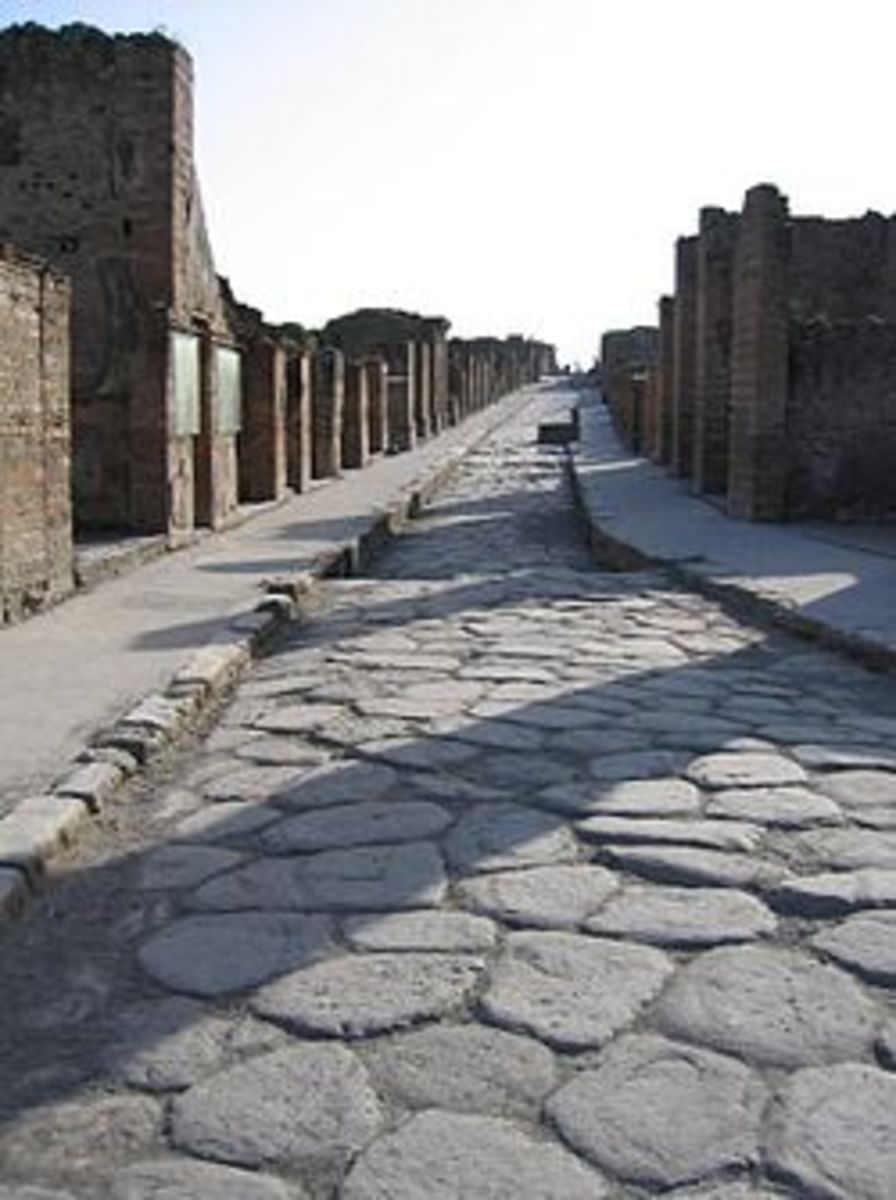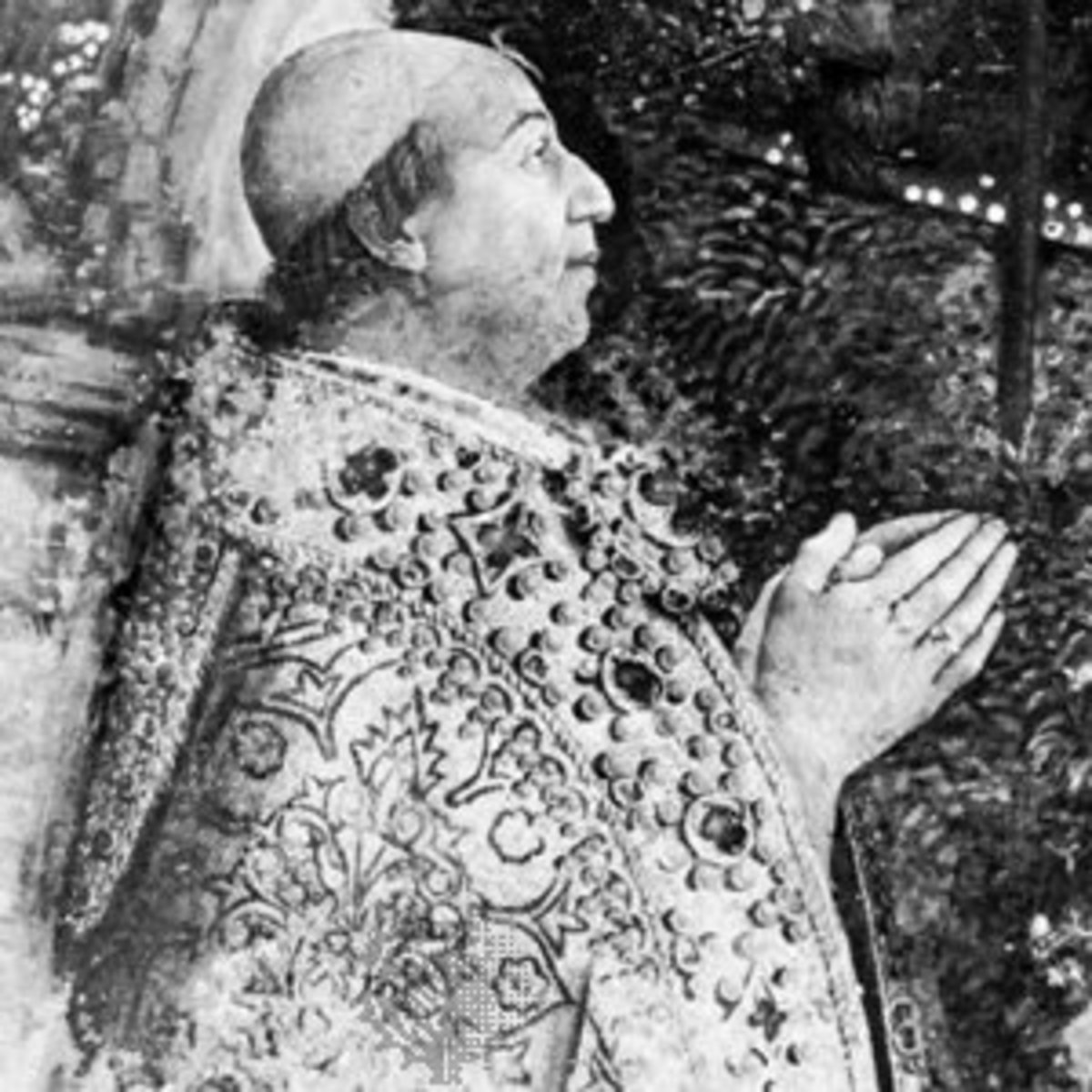Kahana and DNA 2
As promised, I’m not about to let this discussion die without putting a few nails in the coffin of those of the J1e haplotype proclaiming themselves as the one and only high priesthood of the Children of Israel. Had they adopted the more conciliatory tone that perhaps there were separate and distinct lines of equal merit that developed within the priesthood, then perhaps I wouldn’t have become so vociferous, but it was this arrogant, and Rabbanite enforced attitude that brought me to the boil. It is the very same attitude that they have displayed in their persecution of Karaites for over a thousand years that proves to me that they have learned nothing after all the persecutions that we Jews have suffered in general. Their arrogance, isolationist attitude, condemnation of anything and anyone that is different from themselves, and Talmudic induced belief in superiority has been the bane of our existence. And still they cannot see the folly of their ways. So now, I will present further arguments, facts that they will generally ignore and argue against vehemently, but as you follow their comments, should they choose to make them, you will see are emotionally based, and therefore irrelevant to factual discussion.

Facts About J2a
The J2a subclade to which my family belongs is present in the Middle East and Southcentral Asia (~4%), the latter of which includes India and Nepal. In India, there is a general trend for increased J2a frequency in higher castes. It has also been found in Crete (1-2%). As many of you are aware, I spend an incredible amount of time in China of late and as I have examined many of the Nepalese items, I have found items that are clearly Judaic influenced in nature. As suggested in my story about Mar Zutra, specifically his son Mar Yanqa, it is no surprise that we can find this influence in the south-western and north-western border areas of China. The time of origin for the J2a is calculated at 18,500 +/- 3,500 thousand years ago with the place of origin being Mesopotamia, Anatolia or the Levant which as mentioned in the previous article meshes well with the Patriarchal story of Abraham and therefore supports our early Hebraic origins.
First we must understand exactly what does the J2 Haplotype refer to. Also known as M172 it is typically found in Iraqis 29.7% (Sanchez et al. 2005), Lebanese 29.5% (wells et al. 2001), Syrians 29%, Sephardic Jews 29%, Kurds 28.4%, Turks 27.9%, Georgians 26.7% , Iranians 23.3%, Ashkenazi Jews 23.2%, Greeks 22.8%, Tajiks 18.4%, Italians 19.3% (Onofri et al. 2008)and therefore supports the contention that my family was more Misrachi than Ashekenazi but that wasn’t in doubt from the many tales of my family’s existence in Mahoza in what would now be considered Iraq. The haplogroup is further divided into two complementary clades, J2a-M410 and J2b-M12 of which my family belongs to the former. Haplogroup J2 is widely believed to be associated with the spread of agriculture from Mesopotamia, the Levant, and Anatolia and it is associated with the presence of Neolithic archaeological artifacts, such as figurines and painted pottery the idols and graven images commonly referred to in the story of Abraham and the other Patriarchs. Another important fact about the distribution of Haplogroup J2 is that it appears to have dispersed from a Middle Eastern homeland to the west through a primarily maritime route, as it is found in high concentrations among the populations of the coasts of the Mediterranean Sea in both Eurasia and Africa, and particularly along the coasts of the eastern Mediterranean in Europe. If we were to associate this with the commercial and colonial activities that we know about King Solomon’s reign, then we have what may be further evidence of its early Hebraic roots, well established before the migration of the J1 sublcade into the region. It has been reported that a sample of Italian Cohens belong to Network 1.2, a group of Y chromosomes characterized by a value of the DYS413 marker less or equal to 18. This deletion has been placed in the J2a-M410 clade and could be an indication of the recorded dispersal of aristocratic prisoners taken by the Romans back to Rome following the destruction of Jerusalem. Again, another historic indication that the actual Jerusalemite High Priesthood was selectively from the J2a4 population amongst the Jews.
History of the J2a4h Priesthood
When the first and second Temples were built, the Kohanim assumed these same roles in these permanent structures in Jerusalem. They high priests were divided into 24 groups, each group consisting of six priestly family's. Each of the 24 served for one complete week with one of the six serving one day per week, on the Sabbath and all six worked in tandem. These 24 groups changed every Sabbath at the completion of the evening service. On the biblical festivals all 24 were present in the Temple for duty. So this tells us that at the time of King Solomon we roughly had 256 Kohens serving in the Temple. This figure corresponds well to approximately five generations from the Exodus each parent having four sons, a typical family being perhaps eight children of a 50:50 sex ratio.
Over the next 400 years until the time of the conquest by Babylon, if the birth rate was not interrupted and sickness or other inflictions did not interfere the at the time of the exile there would have been approximately one million offspring but clearly this was not the case. From the list of returnees in Ezra 2:36–39 (Neh. 7:39–41) the record of the general census after the rebuilding of the Temple shows that only four priestly clans were listed: the sons of Jedaiah (of the house of Jeshua), the sons of Immer, the sons of Pashhur, and the sons of Harim and these totalled 4,289, a mere fraction of the number of total priests that might still have been in Babylon. Even if we measure the total number of priests by those of the returnees, it would only suggest that there were approximately 21,000 priests that remained behind. This should not be too surprising since war, disease, and other factors such as unequal female to male ratios would have influenced the numbers.
Still, with so many priests returning after the Babylonian exile, a considerable number had to be scattered throughout Israel as it was impossible for all of them to officiate at the same time. An arrangement was therefore made whereby they were divided regionally into 24 mishmarot or guards, which served in a regular weekly rotation. The mishmarot were further broken up into a varying number of battei avot or houses, each division and subdivision presided over by a head of the family. But eventually this became unwieldy and only four of the Jerusalem based families, those with the most direct line of descent from the original returning four families retained the position of Kohen Gadol or the Chief High Priest.
Of course the rabbis have done their best to confuse this tracing of the Kohenim, since in their view the Kohanim serve no purpose in their form of Judaism and they have written conflicting versions of the lineage in their Talmud. These conflicting stories are as follows:
(1) Moses established eight (priestly) mishmarot , to which David and Samuel added another eight. Finally, on the return from the Babylonian Exile, 24 were established (TJ, Ta'an. 4:2, 67);
(2) Moses established eight (priestly and levitical) mishmarot ; David and Samuel increased them to 24, and on the return from the Exile 24 (Israelite) ammudim (ma'amadot ) were established, parallel to the priestly and levitical mishmarot (Tosef., Ta'an. 4:2);
(3) Moses established 16 mishmarot , which were later increased to 24 (Ta'an. 27a).
(4) "And the prophets among them [or "in Jerusalem", according to the Tosefta; i.e., Haggai, Zechariah, and Malachi] arose and made 24 lots, and put them into an urn." Then each of the four mishmarot drew five lots in addition to his own, making a total of six. Finally, the rashei mishmarot divided them into battei avot (TJ, Ta'an. 4:4, 68a, et al.).
Thus rabbinic sources trace the first origins of the mishmarot via David and Samuel back to Moses which is never specified in the Torah. If this were true, then it would suggest that the high priesthood was not limited only to Aaron’s sons as there were not 8 or 16 distinct families existing as the rabbis have indicated. But what this does support is that additions were made to the families as time went by, which could explain the rise of the J1e’s later on, as many claimants would still have existed in Babylon where they would have experienced the infiltration of migrants from the Arabian peninsula. And since we know that the Pharisees had destroyed many of the original heredity records of the priesthood as well as took over the role of deciding who was and who wasn’t a priest as can be reviewed in the article http://hubpages.com/hub/Priest-Wars then this provided the opportunity for them to insert men of their own persuasion and obedient to themselves. This would have resulted in a further reduction to the numbers of J2 priests and a rise in the presence of J1s.
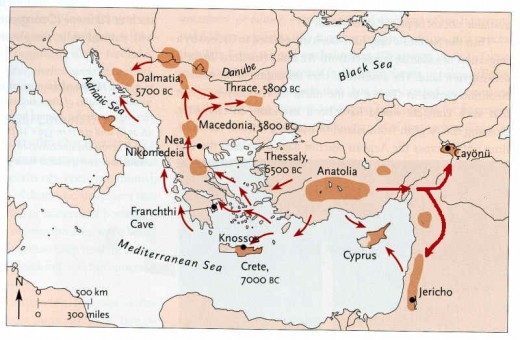
Facts About J1e
Haplogroup J1, defined by the 267 marker is most frequent in the Arabian Peninsula Yemen (76%), Saudi(64%), Qatar (58%), and Dagestan (56%). J1 is generally frequent amongst Arab Bedouins (62%). It is also very common among others such as those of the Southern Levant, i.e. Palestinians (38.4%), Ashkenazi Jews (65%), in Algeria (35%) , Iraq (28.2%), Tunisia (31%), Syria (30%), Egypt (20%) and the Sinai Peninsula. The frequency of Haplogroup J1 collapses suddenly at the borders of Arabic speaking countries with mainly non-Arabic speaking countries, such as Turkey (9%) and Iran (3.5%) clearly indicating that it was not a common haplotype associated with Mesopotamia from where our patriarchal forefather’s came. Yet, in spite of these obviously Bedouin or Arabic origins that would have come later, post the Exodus and establishment of Israel we find it now has the highest frequency among Jews proclaiming themselves to be descendants of the original Kohanim caste. Clear evidence of the Rabbinic adulteration of the High Priesthood, once they gained control during the Pharasaic period.
Just so that it is clear that an outside influence has perpetrated
this act, it should be noted that the haplotypes of we who are J2 Kohanim, we
comprise a unique cluster, a very small offshoot of J2a1
the
J2a4h clade.
As J2 Kohanim we typically have a 4/6 match for the 6-marker
CMH found amongst the J1e clade (with DYS19=15 rather than 14, and DYS388=15
rather than 16) but we do ''not'' match
the 12-marker J1-extended CMH, and therefore it is clear that we do ''not''
share a common ancestor with those proclaiming themselves to be J1 Kohanim in a Biblical timeframe. But since it is clear that we both are equal
co-inheritors of a patrilineal tradition dating back well before the Diaspora
then it can only be assumed that we have a situation of two families that
cannot be historically related and the Arabian Penisula origins of the J1e
suggest that they were not the original family .
And since the entire claim of the J1e families
is based on the Cohen Modal Haplotype, it should be pointed out that critics of
the theory point out that the CMH has also been found in significant numbers in
groups of non-Jews, as mentioned
previously non-Jewish Arab and Kurdish populations and Italians. Although they
will attempt to explain this through migration, conquest, assimilation, and
conversions, the sheer number of these others having the CMH marker suggests
that its origin precedes all of these populations and is a precursor to some
common ancestral group
and therefore not a definitive priestly indicator.
More Paternal Lineage Evidence
A new study of the Kohenim suggests the majority of contemporary Jewish priests descend from a limited number of paternal lineages, the 2 largest being in J1e (P58) and J2a (M410) with over 60% of Cohanim descend from one of these 2 paternal lines. Unfortunately the paper did not test for newly discovered SNP's L24 and L25 (rs35248080 and rs34534058), known to be found in a large set of J2 Ashkenazi Cohanim. These haplotypes were simply defined as J2a, M410 in this paper and which my family, the Kahana have tested positive for both. The study identifies 2 principal founding lineages for Jewish priests, one in J1e (P58) dating back to a common ancestor who lived approximately 3190 years ago and another lineage in J2a (M410) dating back to a common ancestor who lived 4200 years ago. It is also interesting to see a 3rd lineage of Jewish priests from the island of Jerba defined by SNP M318 which also lies downstream of SNP's L24 and L25, also known as J2a4h. Jerba which is located off Tunisia obviously would appear to have been a major influence on my family since we Kahana are part of this 3rd lineage, but none of the stories to date from my family have provided any mention of Tunisia in our history.
